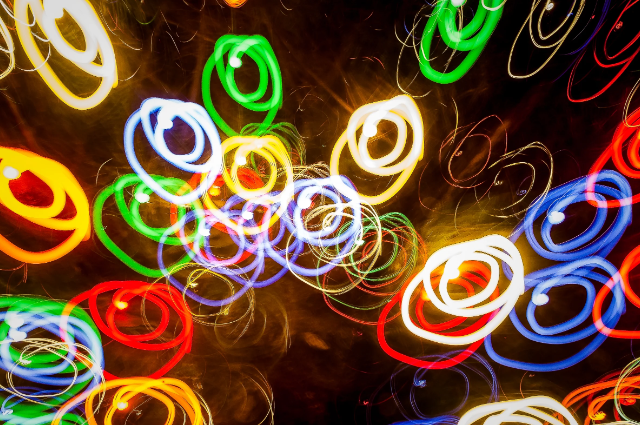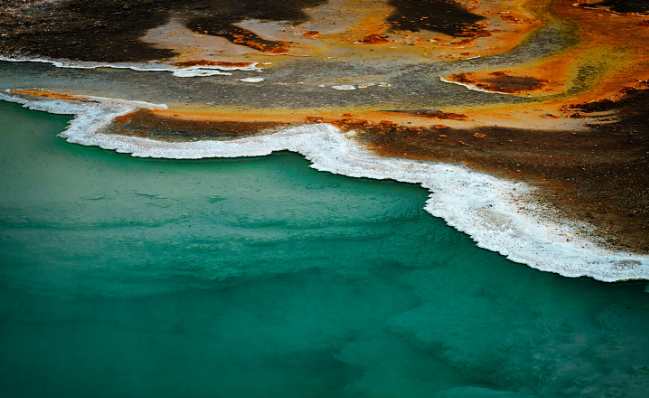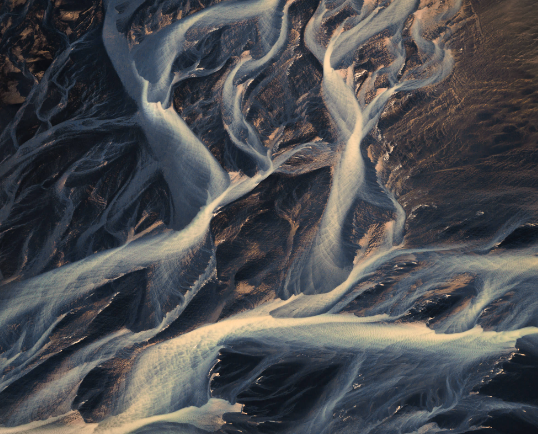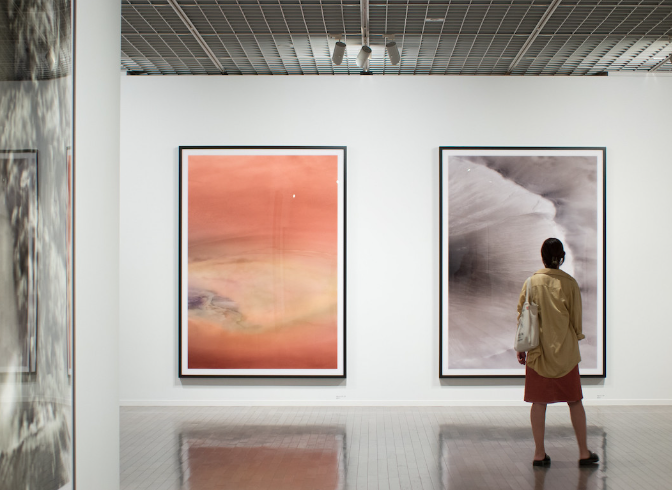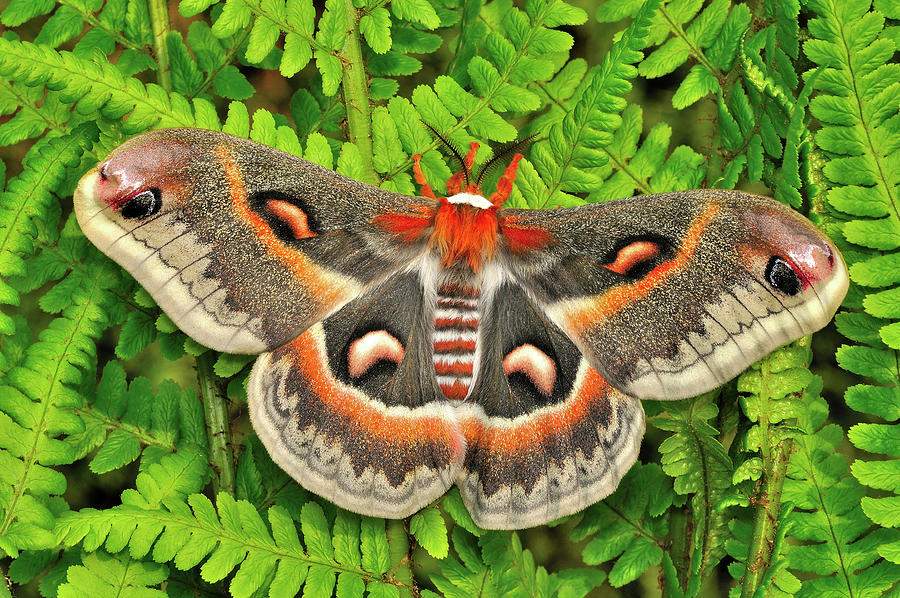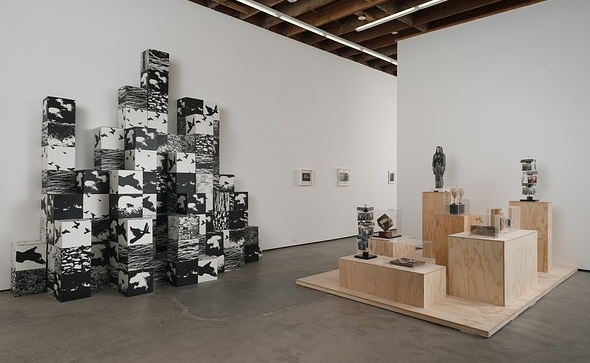Abstract photography is a fascinating world that invites viewers to see beyond the ordinary. By focusing on shapes, colors, and textures rather than recognizable subjects, abstract photographers create unique visual narratives that challenge our perceptions and stir our emotions. Whether you’re an aspiring photographer or simply appreciate visual art, understanding this genre can enhance your appreciation and inspire your creativity.
Exploring the Aesthetics of Abstract Photography
At the heart of abstract photography lies the use of composition, color, and light to evoke feelings or thoughts. Unlike traditional photography that aims to depict reality, abstract photography thrives on ambiguity. Through experimenting with angles, blurred lines, and unusual perspectives, photographers can produce striking images that prompt the viewer to interpret the artwork personally. This genre celebrates creativity by allowing the artist to convey emotions that might be difficult to express through conventional means.
Techniques That Define Abstract Photography
Abstract photographers employ various techniques to create mesmerizing images. Common methods include long exposure and intentional camera movement, which blur the lines between reality and abstraction. Additionally, using close-ups can isolate elements of a scene, stripping away context and forcing the viewer to engage with the colors and patterns. Post-processing techniques like digital manipulation can further enhance these images, allowing photographers to dream up a reality that mirrors their creative vision. Each technique opens up new storytelling possibilities, making abstract photography a continually evolving art form.
Famous Abstract Photographers and Their Contributions
Several renowned abstract photographers have significantly shaped the genre, paving the way for aspiring artists. For instance, artists like Aaron Siskind and Wolfgang Tillmans have expanded the boundaries by focusing on texture and form rather than recognizable subjects. Others, such as Gregory Crewdson, excel in creating staged environments that blur the line between fiction and reality. Studying their works can provide insights into their creative processes and inspire your artistic journey. Their contributions highlight the diversity within abstract photography, encouraging new talents to experiment and carve their own paths in this intriguing field.
In conclusion, abstract photography offers a captivating exploration of visual art that appeals to both creators and viewers. By embracing the unfamiliar and the unsaid, photographers can express feelings and ideas that resonate on different levels. If you’re inspired by these insights, why not grab your camera and start experimenting with shapes, colors, and textures? Dive into the world of abstract photography and see where your creativity takes you!

